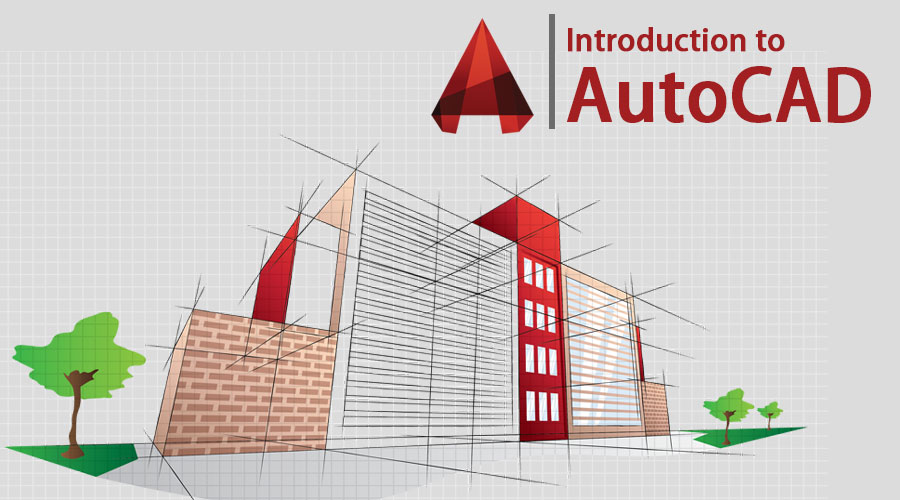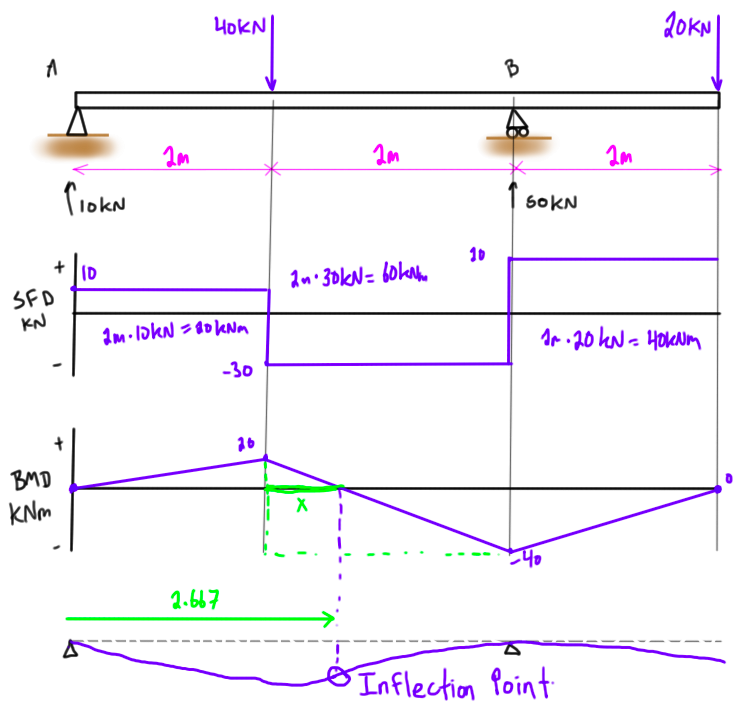crystalgailcluevtdi.gnomio.com
-
Welcome to your Moodle site
Now, you are in control!
Here are some links of interest:
Available courses
This course was designed to introduce students to the field of applied mechanics in which you compute deformations, stresses, and strains in solid materials. Often, the purpose is to determine the strength of a structure, such as a bridge, in order to prevent damage or accidents. Other common goals of structural mechanics analyses include determining the flexibility of a structure and computing dynamic properties, such as natural frequencies and responses to time-dependent loads.
This course was design to introduce Draughting and Building students to the basic principles of building mechanics. Students will be introduced to the theory of structures and strength of materials; which will enable them to relate to the scientific principles of force and physical properties of building components to structural designs.
- Teacher: Crystal-Gail Clue
This course is designed to give students an in-depth knowledge of the methods of computing data for building measurements, this includes traditional materials such as dimension sheet, abstracting and billing sheets. Emphases will be focus chiefly on the building superstructure aspect of the operation. The understanding of this course will allow students to prepare the bill of quantity for the superstructure of any building.
The
course will develop the basic legal influence on the Construction Industry.
Special attention will be given to the key aspects of the Law of Contract, the
Law of Tort, the Law of Property and their effect on Construction Work.
The course introduces students to the science of building, structures, components and materials. Students will be exposed to basic principles of physics, chemistry and their applications in building structures and systems. It also focuses on Newton's laws, static, dynamics, atomic structures and properties of building materials.
This course introduces the students to the CAD system and teaches the fundamental principles of AutoCAD that is essential in today's job market. The course will equip students with the basic technical drafting techniques to computer generated drawings of the various drafting disciplines. As a result of this, students will achieve a high level of competence in performing practical tasks related to architectural drawings and will be able to exercise these skills in the building industry.

This course will enable students to develop a greater understanding and awareness of the production of architectural advanced 2D drawings in an efficient and productive manner. In addition, it will help to develop students with the necessary skills to produce hard-copies of 2D architectural drawings.
Students are expected to achieve a high level of competence in performing practical tasks related to architectural drawings and should be able to exercise these skills in the building industry.



